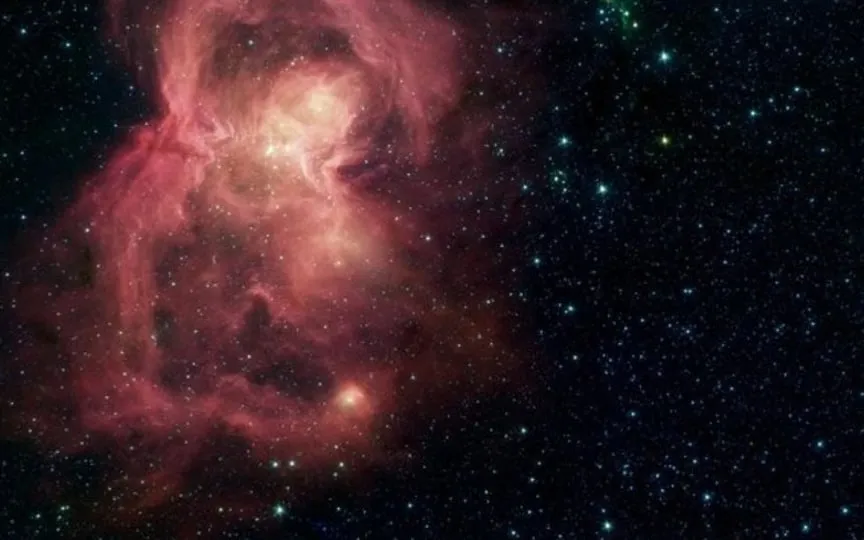James Webb Space Telescope Discovers Maisie’s Galaxy to be 13 Billion Years Old, One of the Oldest Yet
The James Webb Space Telescope made a significant finding last year when it identified a faraway galaxy. This galaxy, now known as “Maisie’s Galaxy,” has been confirmed as one of the four oldest galaxies ever found. Its age was initially inferred from the light it emits and its redshift, indicating it is quite ancient and located at a considerable distance. Let’s delve deeper into the exploration of this 13-billion-year-old galaxy.
About the Maisie Galaxy
According to a Live Science report, the discovered creature was dubbed the “Corn Galaxy” in honor of lead researcher Steven Finkelstein’s daughter, whose birthday coincided with last year’s discovery. The researchers found that the galaxy formed 390 million years after the Big Bang, when the universe was still developing.
According to a study published in the journal Nature, the Corn Galaxy is one of the four oldest galaxies in the universe. The age of the galaxy is measured using a method called spectroscopy. It is a technology that recognizes the brightness, heat and chemical structure of light.
Finkelstein, a professor of astronomy at the University of Texas at Austin, said: “The remarkable thing about the Maize Galaxy is that it was one of the first distant galaxies identified by JWST, and it’s the first to actually be confirmed spectroscopically.”
The galaxy was first discovered by the James Webb Space Telescope in August 2022. Although scientists had a hunch that the object was very old, the assumption was not enough because there are many reasons why such an object could produce so much light. In an effort to overcome this cosmic illusion, astronomers use spectroscopy to analyze starlight, which revealed its different frequencies.
In addition, the researchers used JWST’s near-infrared spectrograph to get more accurate numbers on age. Another ancient galaxy was discovered at the same time called CEERS-93316.
Amazingly, the galaxy was estimated to have existed for about 250 million years after the Big Bang.




